Osteoarthritis (OA) or degenerative joint disease affects a large number of the population and can be well managed by maintenance physiotherapy and a prescribed exercise program.
Although it is the most common form of arthritis, osteoarthritis (OA) is just one of around 100 types of arthritic conditions.
OA occurs when cartilage within joints wears down over time, which is why it is sometimes known as degenerative arthritis or degenerative joint disease. The risk of developing OA increases with age, with most people experiencing some form of the condition by age 70.
OA can occur in any joint in the body but is most common in the knees, hips, hands, neck and back as they are typically subjected to the greatest stress during general daily activity. Any factor that increases load on the joints will also increase your risk of OA.
Some factors include –
- Performing heavy or repetitive work (the back, hands and shoulders are particularly at risk with this).
- Having poor sitting or standing posture (joints are put in awkward or unnatural positions which can lead to progressive joint overload).
- Excessive body weight. This places additional stress on the back, hips and knees.
Although OA cannot be cured, there are many treatments that can decrease the symptoms and improve your quality of life.
Symptoms –
Symptoms of OA include
- Pain
- Joint stiffness
- Clicking sensations
- Cracking or grating
- Occasional swelling
- Joint deformity
In its early stages, pain and stiffness will often be worse in the morning, ease as the joint ‘warms up’ then deteriorate again with increased activity, or after periods of inactivity, such as sitting for long periods. As the condition progresses and the joint degenerates, the cartilage may wear out completely causing bones to rub against each other with pain more prominent at rest. Bony spurs may also develop as the OA progresses, potentially causing increased pain and a sensation of the joint ‘locking’ when attempting to move in certain directions.
What can physiotherapy do?
A physiotherapist will conduct a series of clinical tests to diagnose the extent of your condition. In some cases, an X-ray may be taken to confirm the diagnosis.
Once this thorough assessment has been completed, your physiotherapist will work with you to create a treatment plan and establish management goals.
Your treatment will typically include hands-on therapies such as massage, stretching and passive joint mobilisation to encourage full range of motion and to decrease muscle spasm/tightness. You will also be provided with a suitable exercise program designed to stretch and strengthen muscles surrounding the affected joints while minimising your pain. Your physiotherapist may also provide you with ideas for diet and weight management. He or she will also identify any other potential treatment modalities such as hydrotherapy, acupuncture and dry needling which may help.
